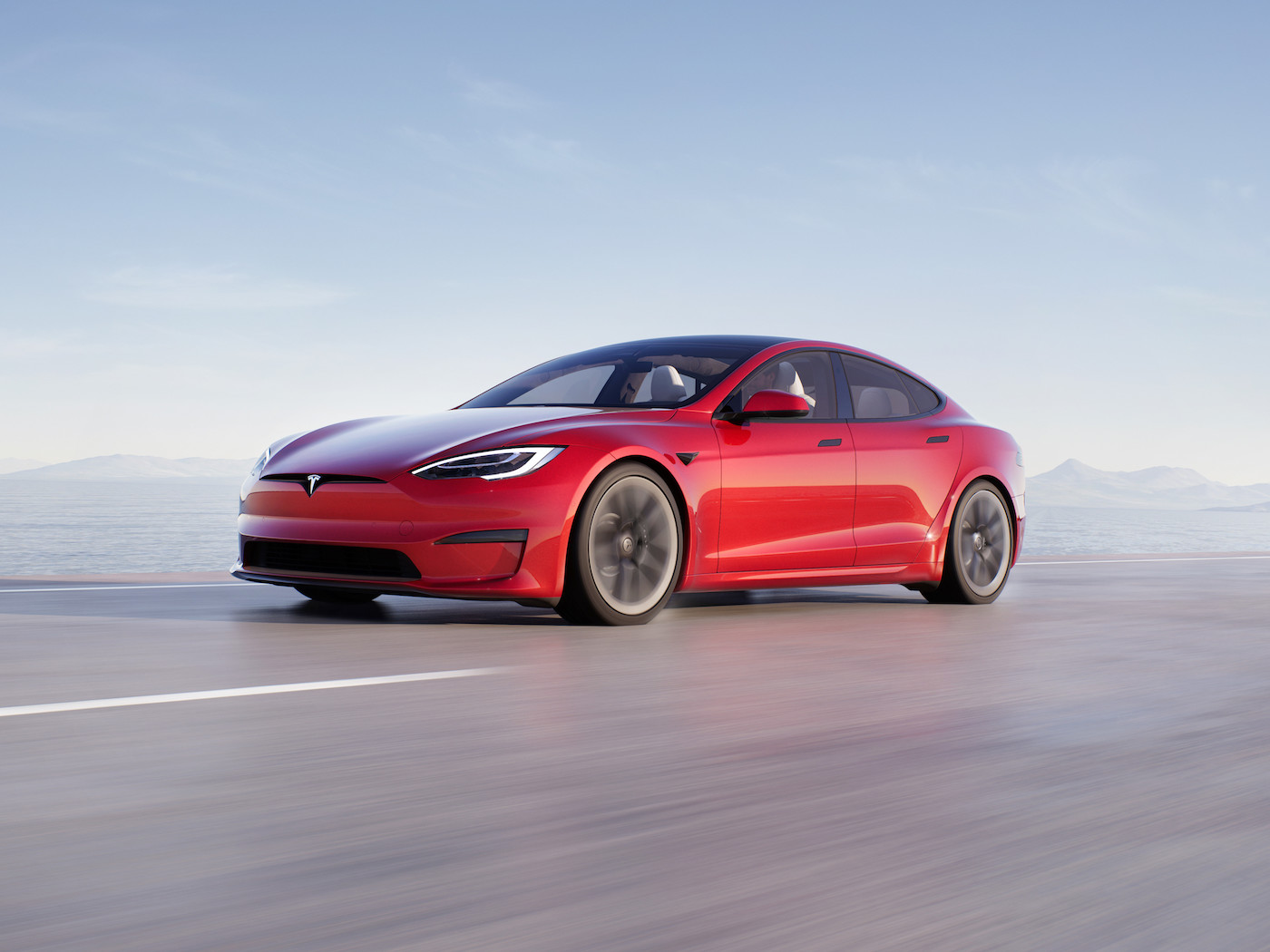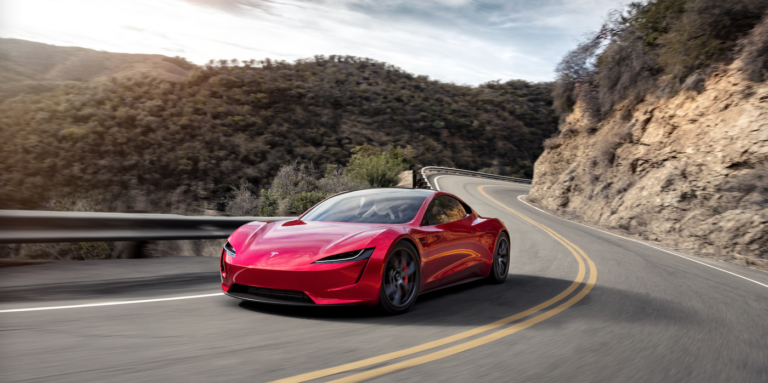The world’s top 20 car manufacturers spent £71.7 billion (US$98.2bn) on research and development (R&D) in 2019-20 as the rollout of electric vehicle (EV) ranges gathers pace, according to research by accountancy and business advisory firm, BDO LLP. BDO’s research shows the top 20 manufacturers have collectively invested £341 billion (US$467bn) in R&D over the past five years as they race to develop EVs and meet carbon targets.
The amount spent on R&D in the past year is the second-highest on record (see graph below) – lower only than the previous year’s £71.9bn (US$98.5bn) total. R&D investment in this area is likely to now level off, because for most car manufacturers the research work for this generation of EVs is now largely complete and they are now focused on bringing fully electric ranges to market.
Off-the-shelf components for EVs have also become more readily available. This means manufacturers are increasingly purchasing technology from suppliers rather than investing in developing them in-house. Specialist battery developers are in many cases now leading the way in developing new battery technology.
Further R&D in internal combustion vehicles will also likely have been reduced by some manufacturers as they look to belt-tighten after the impact of the pandemic on sales. Approaching deadlines in many markets for all new cars to be electric have weakened the economic case for further research on internal combustion. For example, the UK has pledged to ban the sale of new petrol and diesel cars by 2030.
These figures suggest that many carmakers have scaled the R&D mountain they had to climb in order to develop a full range of EVs. Multiple manufacturers now offer a growing range of vehicles designed from the ground up as fully electric. Very soon every manufacturer will have such a vehicle.
Tesla R&D spends £1.1billion on R&D
Tesla increased its R&D spend once again last year, investing £1.1 billion (US$1.5bn) – a 10% increase on the previous year. This means that Tesla has now more than doubled its R&D expenditure in the last five years. However, its current spend is less than 10% of the biggest-spending carmaker, which invested £12.4bn (US$17bn) in R&D last year.
One of Tesla’s key R&D goals at present is to develop its own battery production capability to reduce reliance on third-party suppliers. Tesla has faced production bottlenecks over the last three years as its battery suppliers have struggled to keep pace with its scale-up. Tesla also plans to launch a mass-market car priced around US$25,000 in the coming years.
Tesla’s battery supply challenges have been well documented, and being able to produce its own batteries at scale in-house is a key strategic goal. That’s a big part of why we have seen Tesla’s R&D spend continue its upwards trajectory.

The USA and Japan continue to increase R&D investment, while Europe and China scale back
The USA and Japan saw modest overall increases in R&D spending of £31m (US$42.5m) – from £12.60 billion to £12.62 billion (US$17.25bn to 17.28bn) – and £115m (US$157m) (from £20.23 billion (US$27.7bn) to £20.37 billion (US$27.89bn)), respectively. Europe and China saw falls in automotive R&D outlay by carmakers.
The US still has some way to go on EV sales. One major US automotive manufacturer sold just 50,000 EVs last year, representing 0.8% of its total sales. However, the same carmaker is in the process of expanding its EV offer, with plans to offer only EVs by 2035.
R&D spending by Chinese automotive manufacturers is dwarfed by the amount spent on broader support for EV by the Chinese government. Beijing has invested over $60bn to support the EV industry. This includes battery manufacture and supply chain support. Approximately 60% of global EV battery manufacturing takes place in China.
Within Europe, French and Italian carmakers continued to increase their R&D spending. However, this was offset by cuts from German manufacturers, which took an early lead on integrating battery technology. Germany’s three biggest carmakers have all developed electric-first vehicle ranges and have now made significant progress in bringing them to market.
The fall in R&D spend in Germany is a reflection of German automotive manufacturers investing heavily and early in response to the changing marketplace. Manufacturers in some other countries are still investing to catch up.





